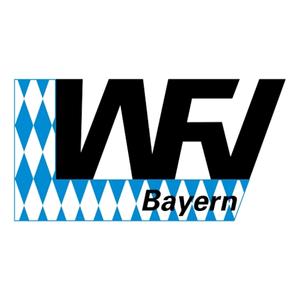Both silica and silicone-coated fiberglass are effective materials for fire-rated blankets, but there are some differences:
Material and properties
- Silicone-coated glass fiber fabric: Glass fiber fabric is a material consisting of extremely fine glass fibers. It is known for its resistance to high temperatures, its excellent tensile strength and its good insulating properties. The silicone coating improves the fire-retardant properties of the fabric, ensures an increased smothering effect and thermal insulation of the fire. It also contributes to increased resistance to weathering, UV radiation and chemical influences.
- Silica (silicon dioxide): Silica fiber fabric has a high proportion of pure silicon dioxide. It has an even higher temperature resistance than glass fiber fabric and retains its strength and flexibility even at extremely high temperatures. It is also chemically inert, which means that it does not react with most chemicals.
Temperature resistance
- The temperature resistance of silicone-coated glass fiber fabric depends on the type of glass fiber. The Premium M from VLITEX can withstand temperatures of up to 1,000 °C, and even 1,300 °C for short periods.
- Silica fiber fabric withstands temperatures of up to 1,500 °C.
Costs
- Silica blankets are usually more expensive than blankets made of silicone-coated glass fiber fabric due to the higher cost of the pure silica fibers.
- While blankets made of special glass fiber fabric can be used several times depending on the fire load, the silica blanket is a purely disposable product because its fibers shrink when exposed to heat.






